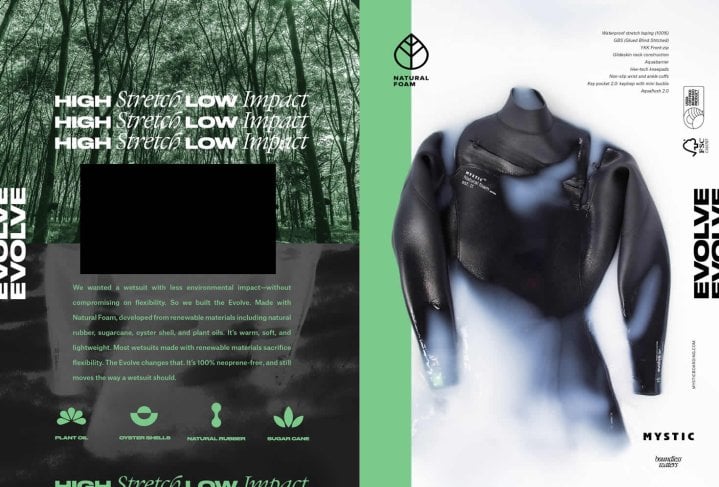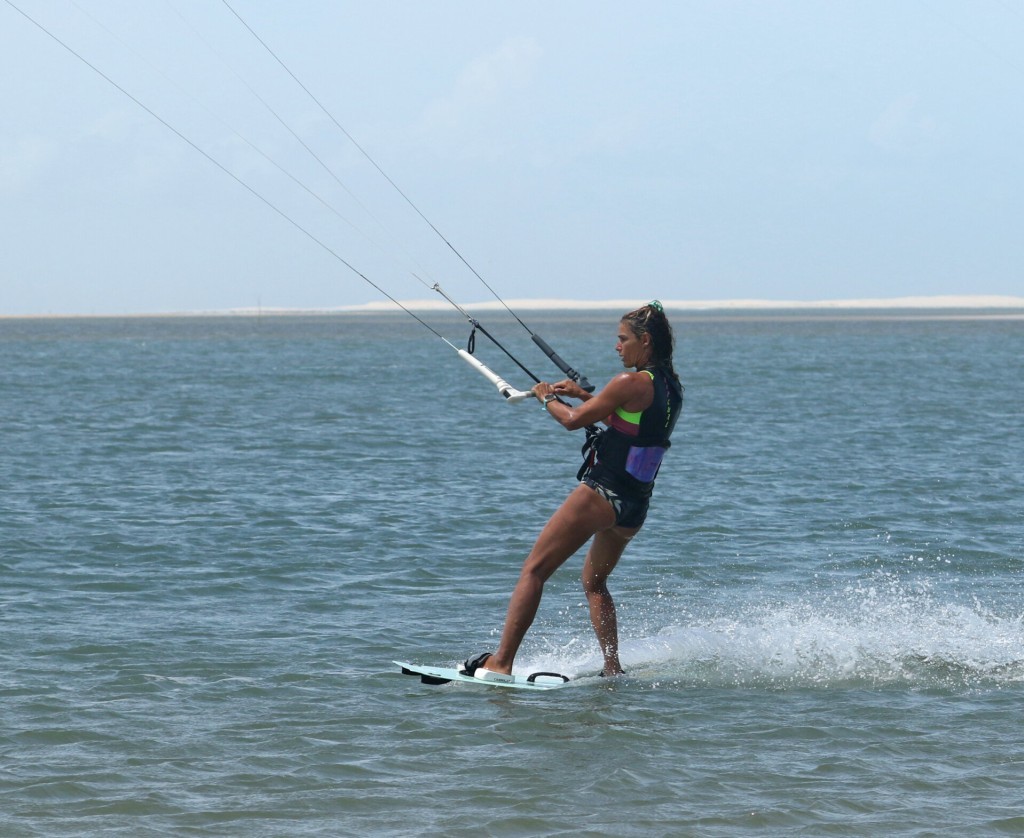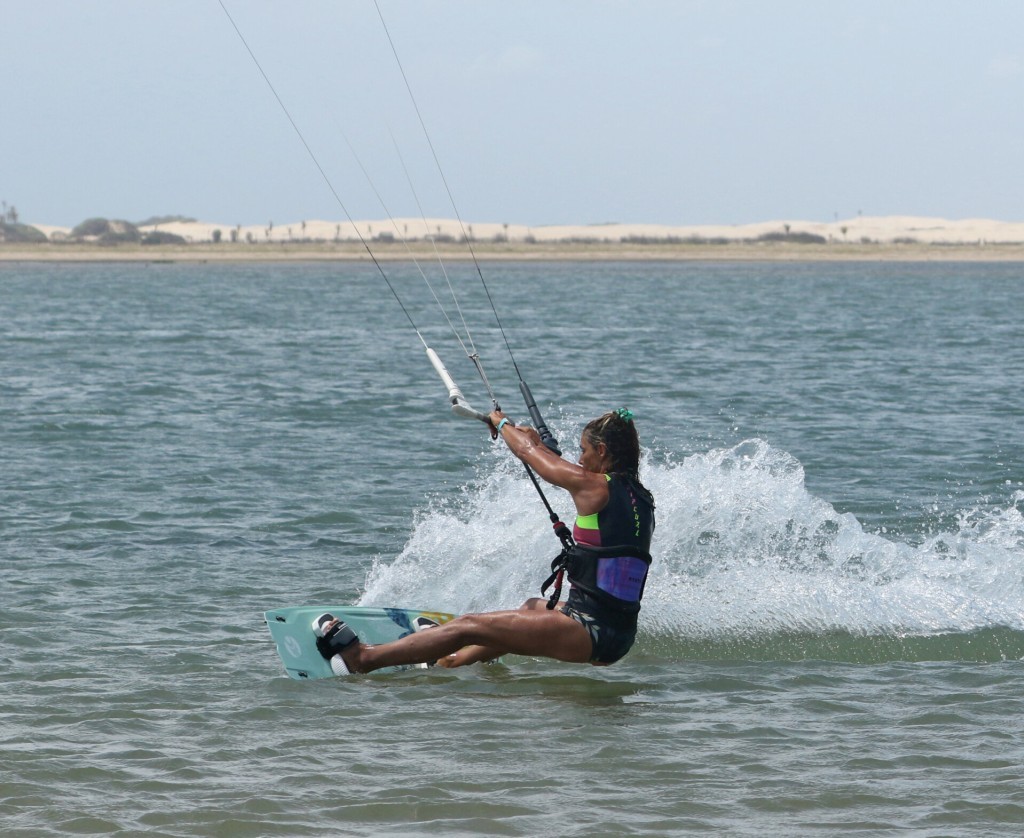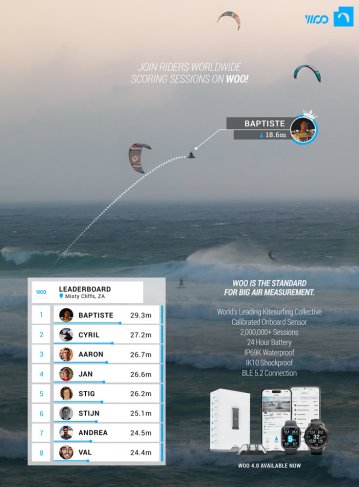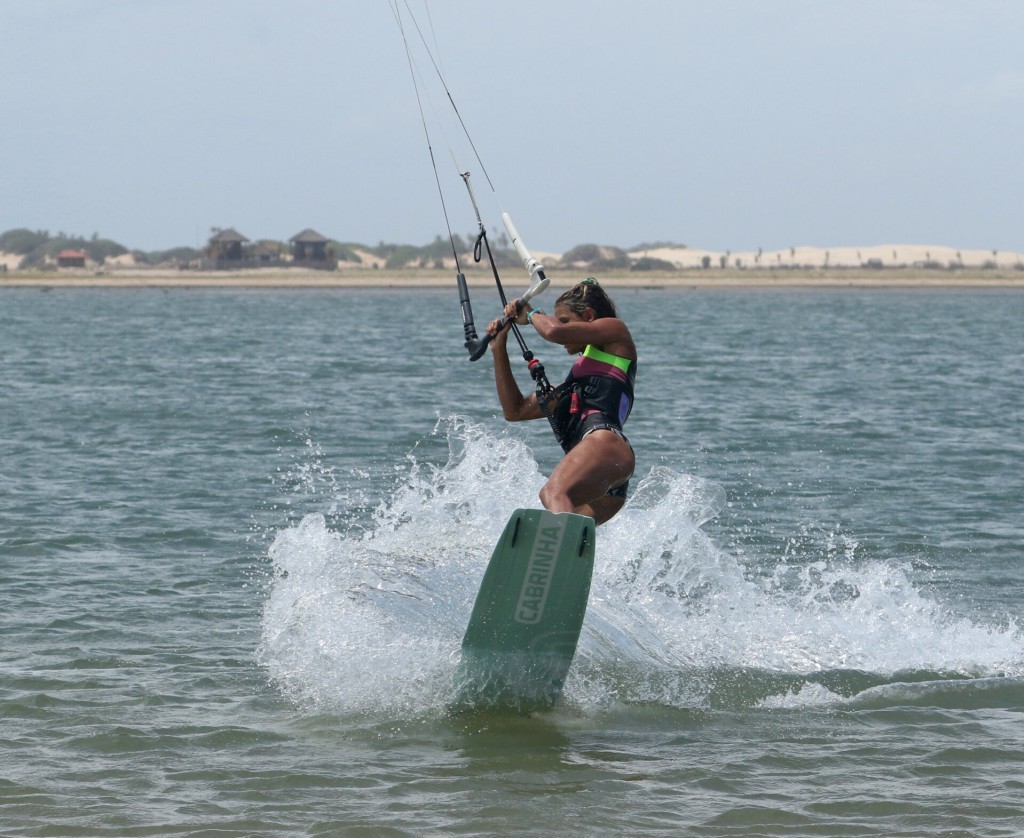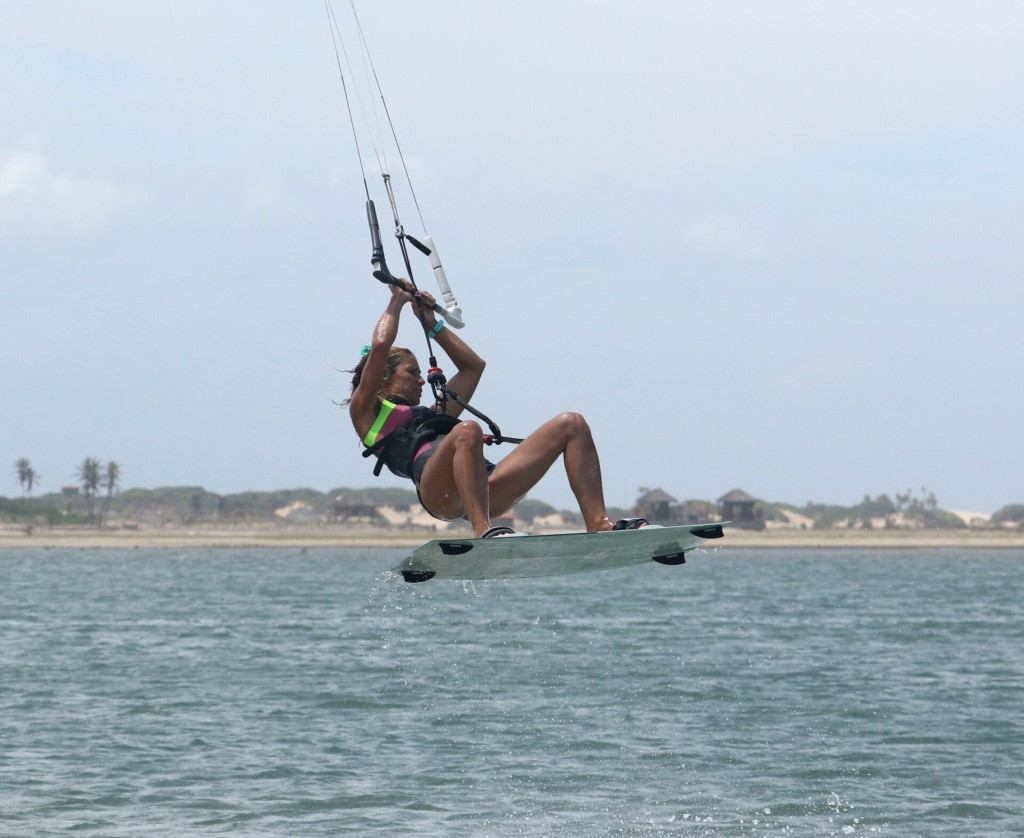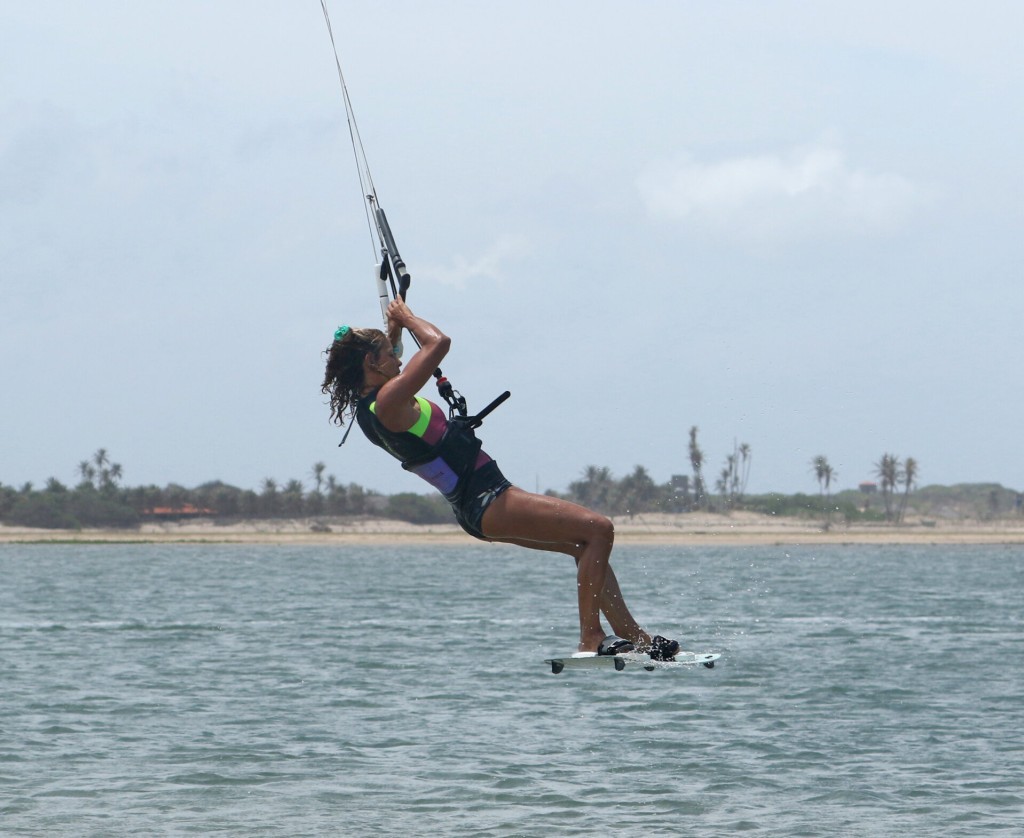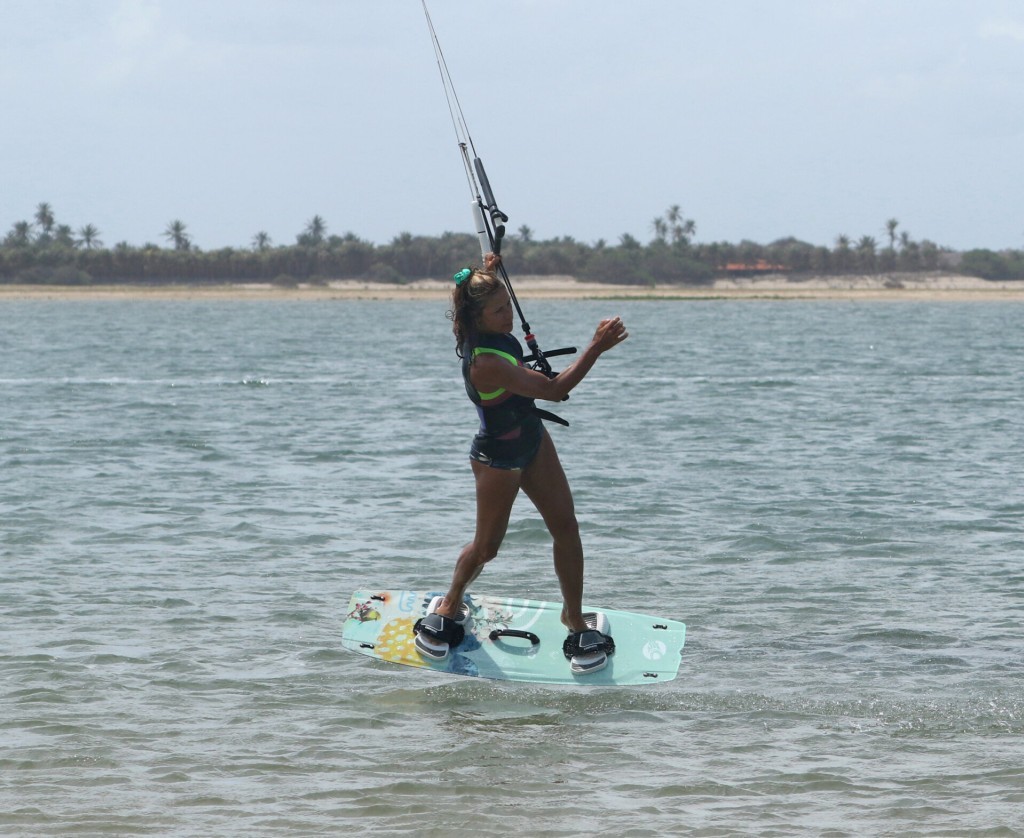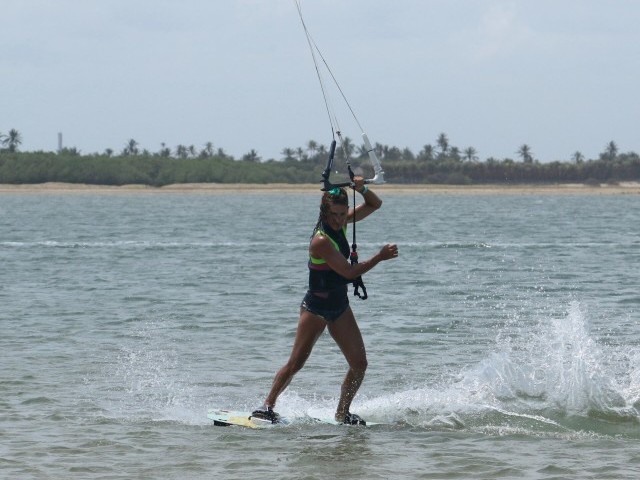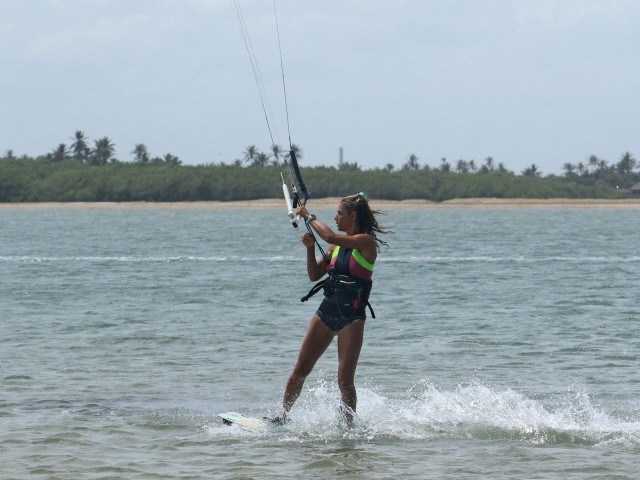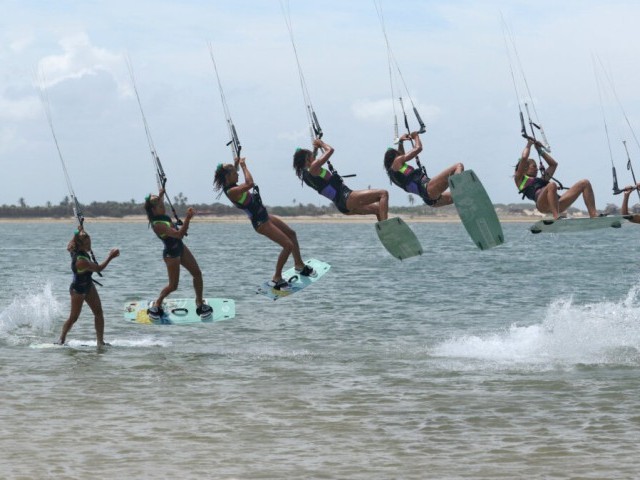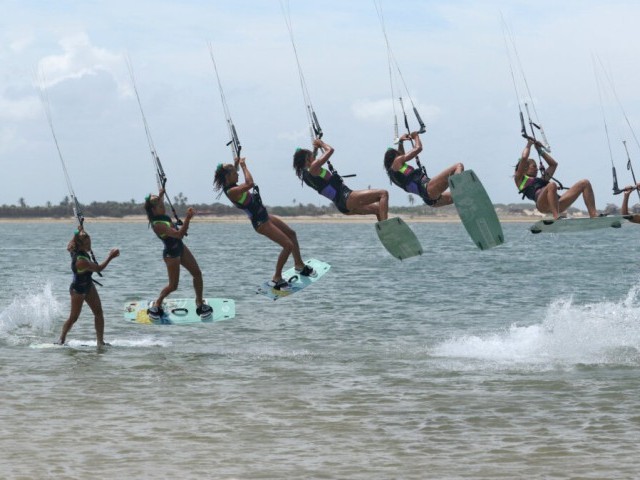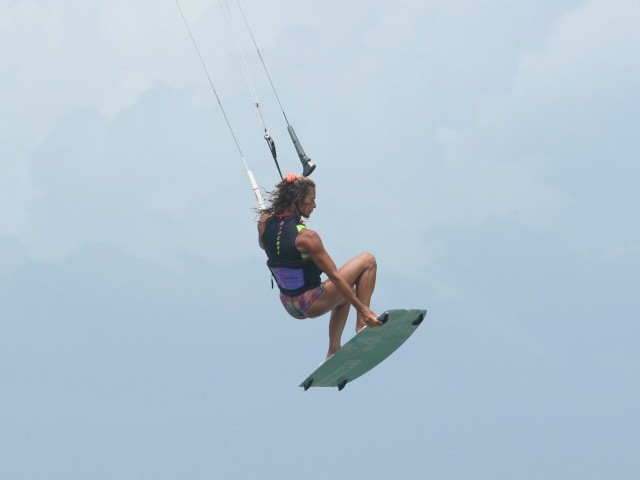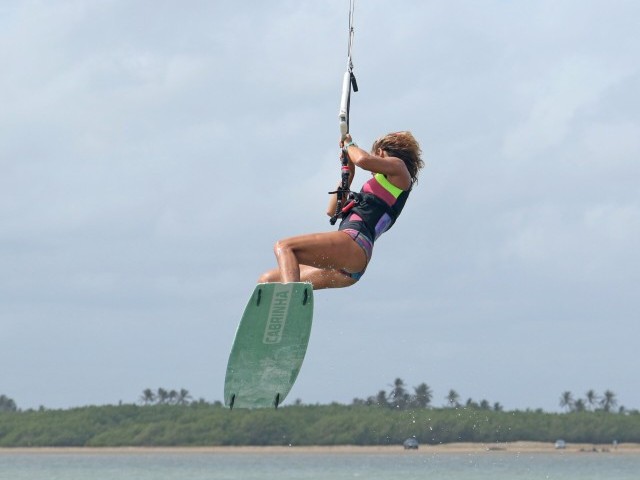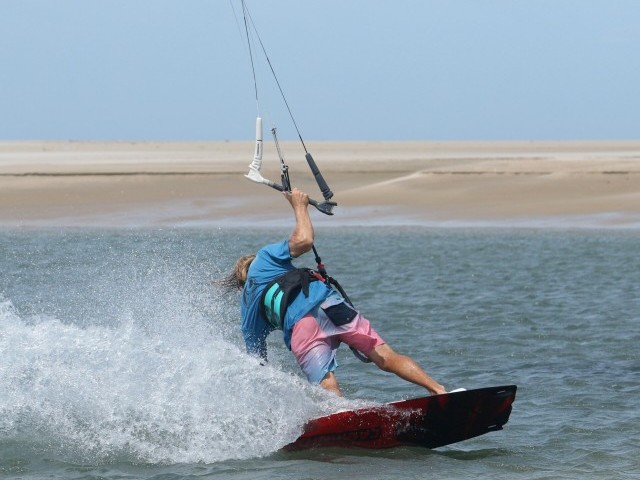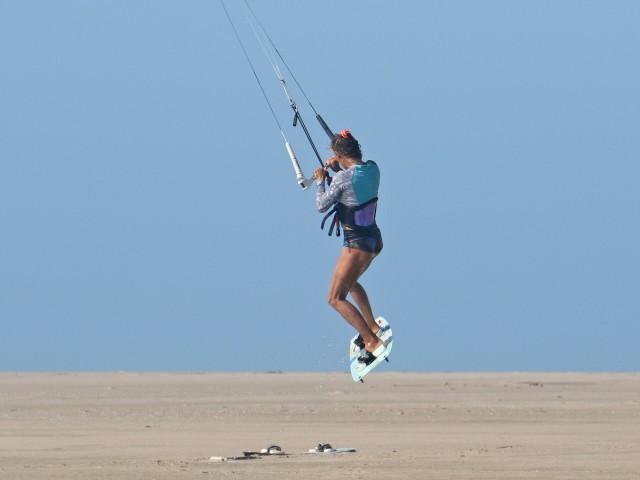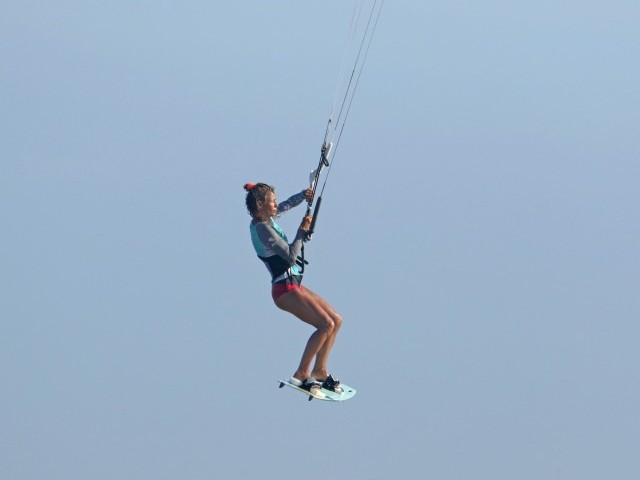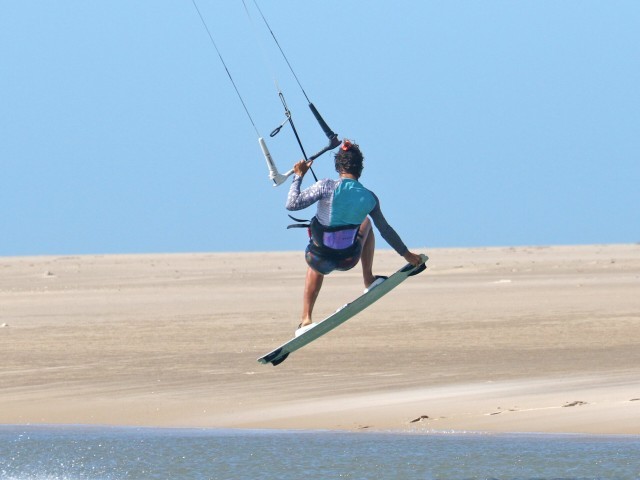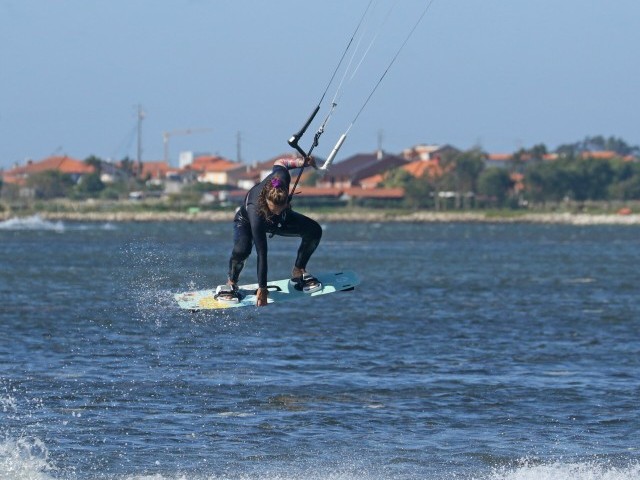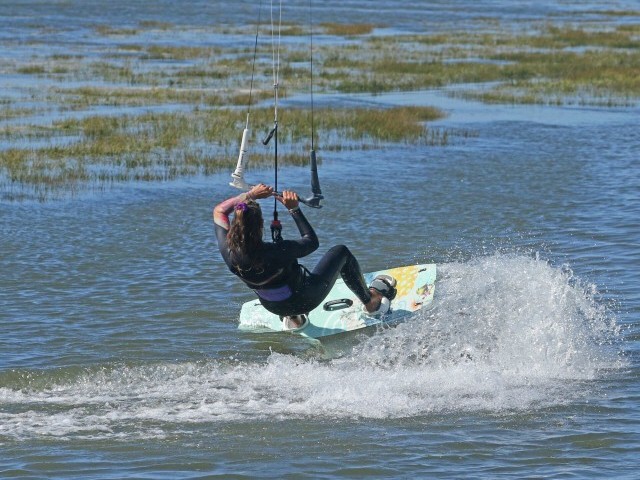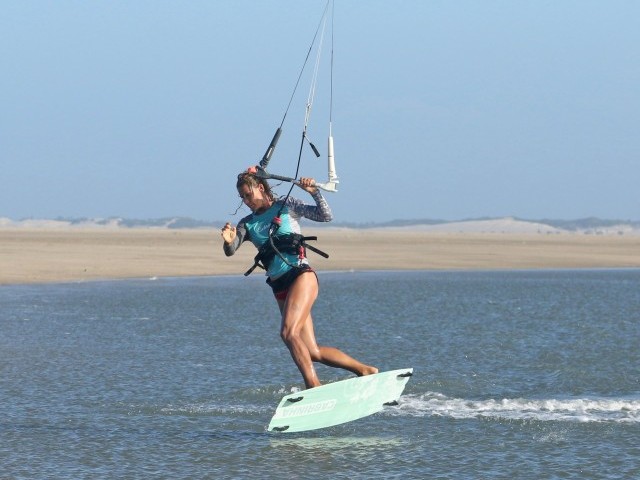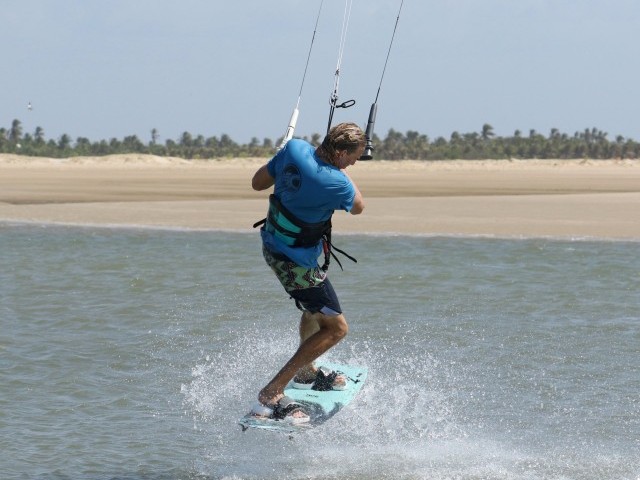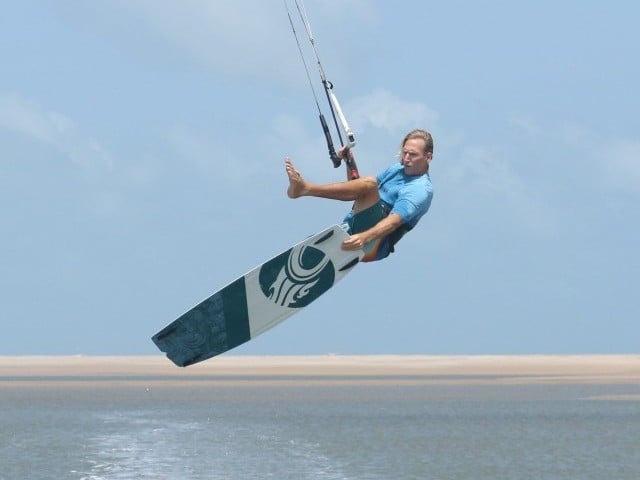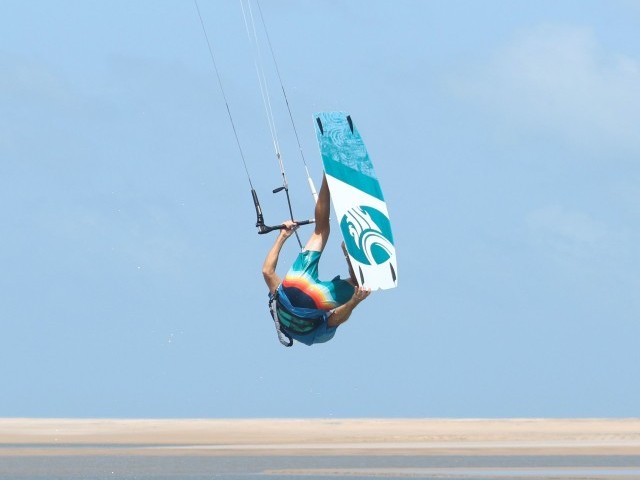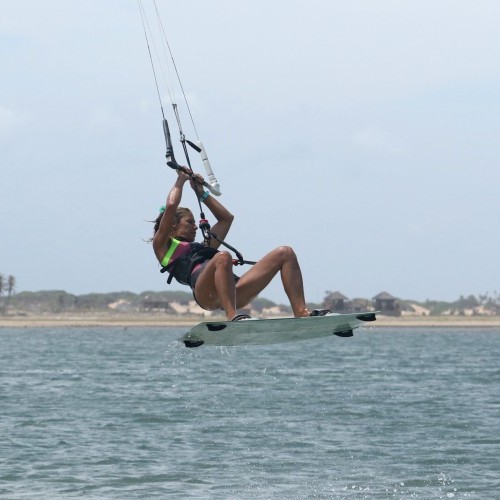
Hooked In Back to Blind
Technique / Intermediate
This is a beautiful combo for you to add to your repertoire. We love a good hooked-in blind landing. Unhooked freestyle may not be everyone’s cup of tea, but having a few popped hooked-in moves in the bag for low-level showing off is a must. The back-to-blind is a peachy move, and pairing it with an Ole makes it even more fruity whilst neatly dispensing the need to carry on blind! To give this a go, you’ll need a popped back roll and a pop to blind, preferably with an Ole.
To learn this, we’re going for a Hybrid back roll. By hybrid, we mean that you’re approaching and popping as you would for a pop trick, but you’ll give yourself more time by drifting (not sending) the kite higher. The aim is not to get a lot of height but just give enough to slow the move down, giving you time to judge when to throw the blind. The popping part is essential as this will give you a little pull and travel, which you need to be able to throw the blind. If you use the kite to jump, you’ll have too much support and struggle to land blind and over the board.
This move is challenging because halfway through, you’re changing direction from back roll to blind. So, let’s see how you’ll do it.
Pop Approach Pic A.
Your approach for this will be to learn any pop move. Whilst approaching on an edge with your kite around 11 or 1 o’clock, centre your hands on the bar. Shift your weight slightly to favour your back foot so you can carve on the board’s tail. Check that the coast is clear before softening your knees to relax your edge and briefly bear away, keeping the bar on the sweet spot. By bearing away, your kite will drop back in the wind window, giving you a bit of downwind pull to pop against and some travel in the air, assisting in your blind landing. You can see that Karine has born away with her weight slightly back. Her hands are centred, she’s over the board, nose up and kite at 11 o’clock.
Hooked In Back to Blind
As soon as you bear away, it’s time to carve back onto your edge so you can pop. As this is a hybrid, you will move the kite up. You won’t be carving for long; steer the kite up as soon as you drop your weight to carve. Here, Karine has steered the kite up; she’s dropped her bum low to the water and is carving hard upwind. Note how Karine feathers the bar out to keep it on the sweet spot. Pull it in, and the kite will pull you off your edge, ruining your chances of a decent pop.
Pop Pic C.
You will pop into this just as you would for a popped back roll. You choose when to go by stamping. Don’t wait for the kite to lift you! You want a slow rotation to stop it and throw the blind. Fortunately, this goes well with a good pop, so direct all your effort towards exploding off the water and trust your carve to initiate the rotation. If you look at Karine, you can see that she hasn’t turned her head; it’s perpendicular to her shoulders as she blasts off. This helps keep the rotation slow. She’s fully extended her back leg to get maximum pop, and her bar stays out on the sweet spot so that she gets maximum up!
Blind Prep Pic D.
Once you’ve got yourself off the water and rotating, you must get ready for the blind. The first job is to stop the kite moving. The best way to do this is to give it a tiny tweak forward. You need to be balanced, so bring your knees up and keep the bar on the sweet spot so that you’ve got tension on your lines. You also need to know where you are, so turn your head a little bit so that you can see where you’re going. Here, Karine has her knees up; she’s now looking at where she’s going and has tension on her lines. She’s ready.
Throw to Blind Pic E.
Let yourself rotate until you can see downwind and where you want to land. Once you can, it’s time to throw. You need to get your legs underneath you. Push your bar out so that your kite stops pulling. This will help your legs swing under you. Now, turn your head and shoulders back the other way, away from the direction of travel. As you do this, release your backhand and pull your back foot under you. Karine has pushed her bar out, released her backhand and turned her head and shoulders back the other way. You can see her legs dropping; as they do, she pulls her rear foot under her. Now everything is turning back to blind.
Head Up Pic F.
You’ve set the blind in motion. Keep your head up so that you turn to blind upright, as this will help you land over the board. If you keep your rear foot up and back leg bent, you’ll land nose first, pivoting the board off the wind as it lands. In the photo, you can see how the kite is leading, and Karine has her head up, keeping her over the board and set for a smooth landing.
Tension Off Pic G.
This part will depend on how you land in relation to the wind. The more downwind you land, the easier it will be as you’ll be chasing the kite and have little tension. However, if you land more across the wind, you’ll need to exaggerate this. To get tension off the lines, you must flatten the board. Keep your head up, turn to the new direction, bend your knees, and rock your weight onto your heels whilst pushing the bar as far out as possible. Karine drops her weight, turns her head and pushes the bar away. This will get you off your edge (if you’re on it) and turn the board towards the kite, freeing you of line tension, which means it’ll be easier to…
Ole! Pic H.
When the tension increases, you can push the bar upwind and across the front of you. You’ll end up toeside and can either stay this way or slide around to your heels. You might already have this in your box of tricks, but remember that if the kite is low, it’s much more difficult to Ole. Karine’s lines are slack, so she turns her head and shoulders, pushing the bar away and around until she ends up toeside.
Top Tips
It pays to have a little walk on land with just your head for company. Initially, stopping and reversing your rotation to throw the blind is a touch of bamboozling. Take your time and pace out the steps before heading out.
Get some slow back rolls down to think ahead once you want to add the blind.
If you are petite, changing direction will always be easier, so raise your knees.
Check out the sequence for a step-by-step visual, and watch the video to see how it unfolds in real-time.
Common problems
If you’re spinning too quickly and find no time to throw. This is a result of your rotation. Make sure you bear away enough. This enables you to carve hard but take off before turning into the wind. With further rotation in the air, you’ll have more time. Don’t use your head on take-off; think of it as ¾ of a back roll.
Tripping over your heelside edge on landing. This means that the board didn’t swing under you. Make sure you push the bar out before throwing it to blind to allow your board to catch up.
Landing on an edge, keep your head up and don’t push your legs underneath you. Keep your back foot tucked up close to your bum.
If you land without speed, it’s a sure sign that your kite went too high or even past 12. Tame your kite movement a tad.
Keystones
- Weight back and bear away
- Drift kite and pop up, no head
- Knees up, look for downwind
- Bar out, turn back and throw
- Land overboard, turn to weight heels - Ole
This technique article was in Issue 109 of IKSURFMAG.
Related
By Christian and Karine
Christian and Karine have been working together as a coaching team, running improver to advanced kitesurfing clinics since 2003.



